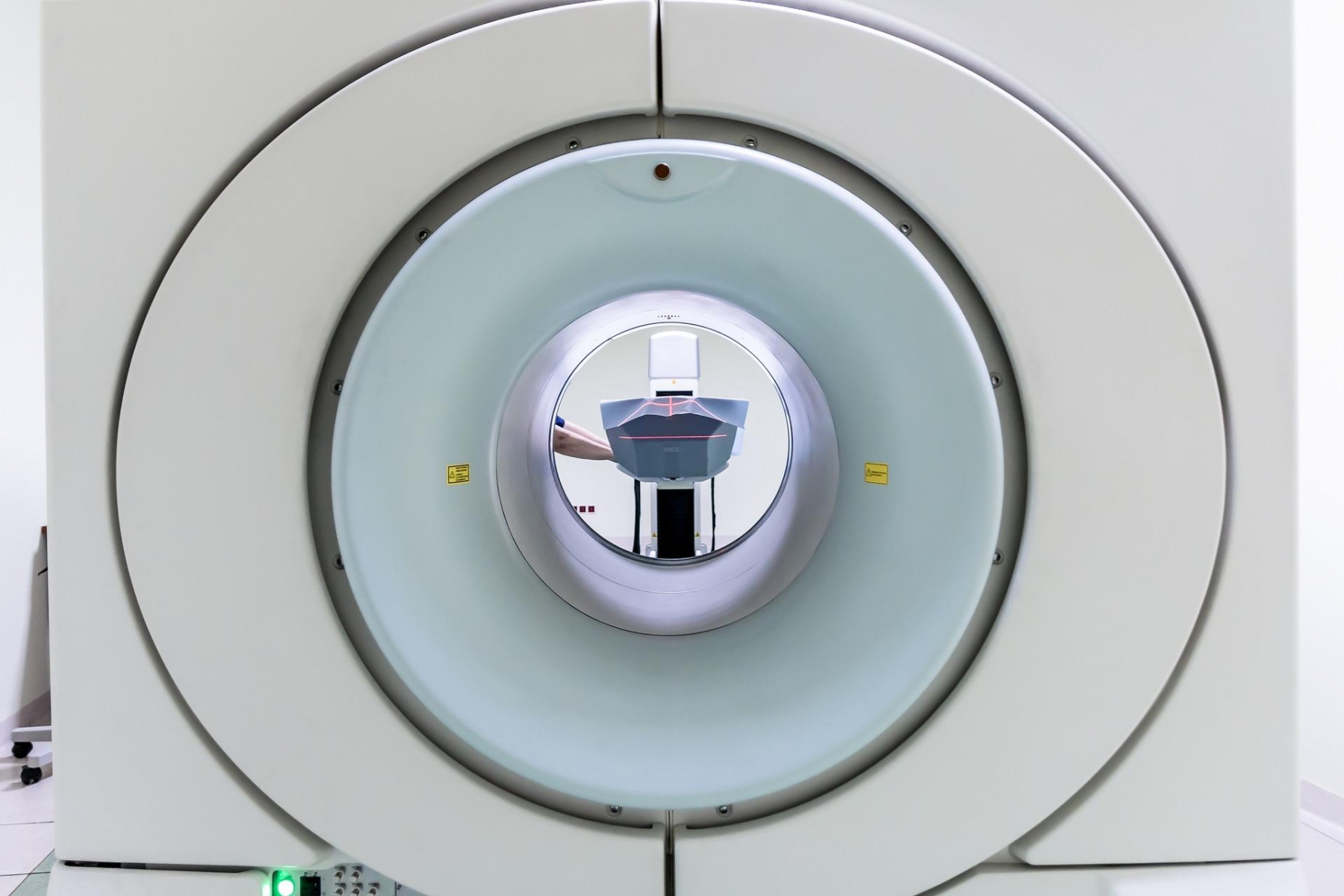– Applications
- MRN heat flow monitoring method for different medical procedures
- Automated heat flow changes identification for different pathologies (e.g. neonatal hypoxia, stroke, cancer thermal ablation)
- Cerebral regions evaluation through heat flow monitoring
– Key Benefits
- Complete non-invasive procedure for estimating heat flow
- Applicability in tissues where external devices may result potentially harmful (e.g. brain)
- Simultaneous evaluation of temperature and heat flow
- Automated heat flow diagnosis for different pathologies
- Heat flow identification in different brain activities
– Offer
- Licensing out
- Co-Development
Invention
An innovative non invasive method to evaluate brain heat flow with magnetic resonance imaging for monitoring and diagnostic purposes.
Background
Temperature monitoring is currently used in different therapies (e.g. cancer, thermal ablation, brain cooling in neonatal hypoxia and stroke). There are no methods to measure non invasively brain heat flow. Policlinico researchers developed a model and an alghorithm to measure temperature and heat flow in a completely non-invasive manner and to represent it pictorially. This innovative method can be incorporated in a medical device to estimate heat flow making in-vivo heat monitoring feasible for research and diagnostic purposes.
Technology
This innovative method to evaluate brain heat flows combines different non-invasive monitoring techniques in order to estimate parameters useful for diagnostic purposes. Different MRI acquisition modalities are used. First, a structural 3D-T1 image is acquired to estimate the white matter, grey matter and cerebro-spinal fluid (CSF) distribution. Then, a MRS (and/or a MR temperature sensitive sequence) acquisition is performed, in the selected area of interest or in the whole brain. The heat flow is calculated using the temperature of the considered voxels and of those adjacent to the first, and the relative thermal conductivity. MRS (and/or MR temperature sensitive acquisition) and 3D-T1 acquisition are aligned to ensure a good correspondence of anatomy and temperature estimation. Voxels with more than 10% content of CSF are excluded from the analysis.
Intellectual Property
Rights
- Patent granted in Italy
- Patent pending in: Europe, USA, Japan.
Inventors
- Mario Rango
- Letizia Squarcina
Contacts
Fondazione IRCCS Ca' Granda Ospedale Maggiore Policlinico, Milan - Italy
ufficiobrevetti@policlinico.mi.it
